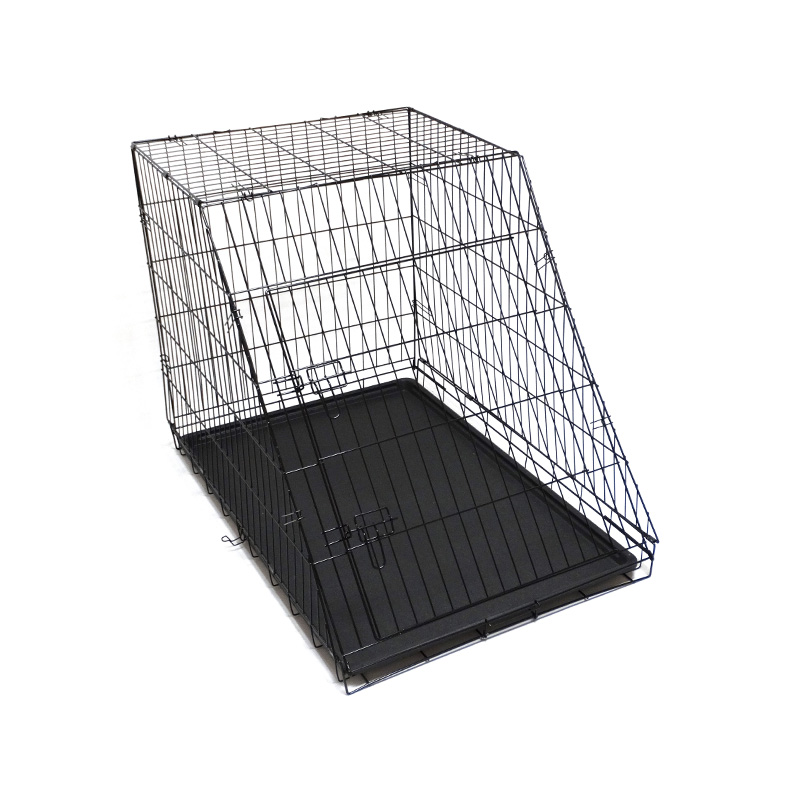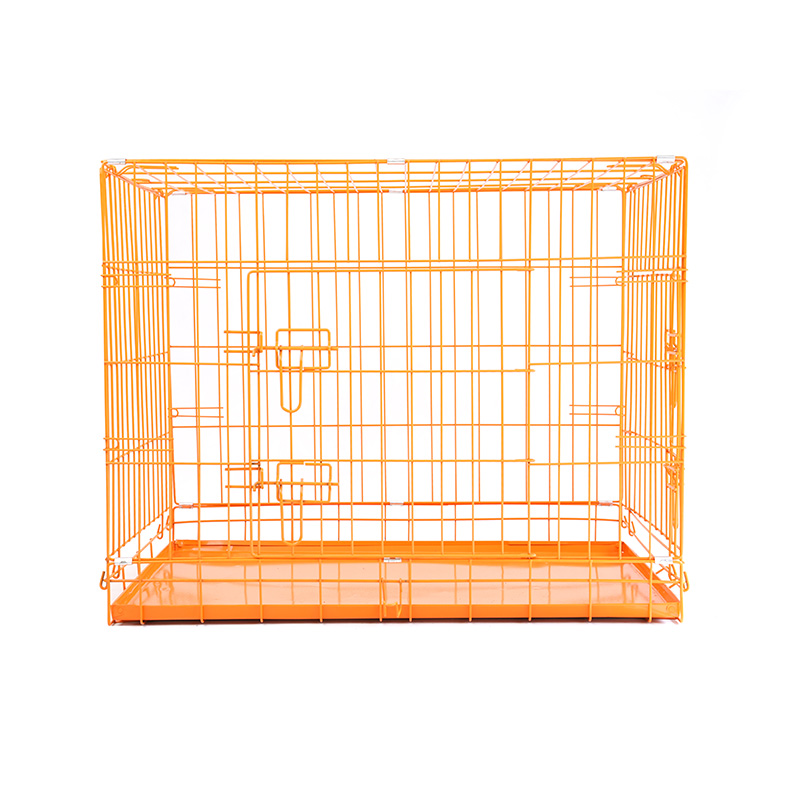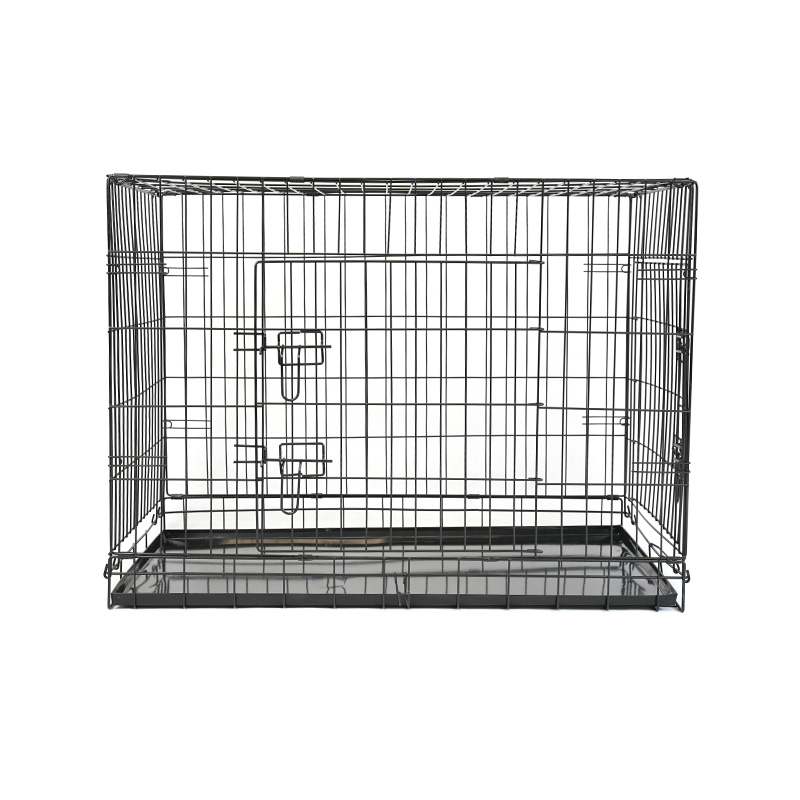- Type:
- Industry News
- Date
- 2024-Jul-11
Metal pet cage strength and stability
Among the many choices for pet care, metal pet cages have become the trusted choice of many pet owners due to their strength and stability. The metal material not only makes the cage sturdy and durable, but also ensures the safety and comfort of pets inside.
The strength of the metal pet cage is one of its notable features. Compared with wooden or plastic cages, metal cages have incomparable advantages in terms of materials. High-quality metal materials, such as stainless steel, galvanized steel or aluminum alloy, have extremely high tensile and compressive strength and can easily withstand the impact of pets' daily activities, including jumping, climbing and playing.
Stainless steel is known for its corrosion resistance and high strength. It can maintain long-term stability even in humid environments and is not prone to rust and deformation. Galvanized steel is covered with a layer of zinc on the surface, which effectively prevents oxidation caused by direct contact between the metal and the air, further enhancing the durability of the cage. Aluminum alloy, with its light weight and high strength, reduces the overall weight of the cage while ensuring strength, making it easier to transport and install.
The welding process of metal pet cage is also an important factor in determining its strength. High-quality welding ensures that all parts of the cage are tightly connected to form a whole, thereby resisting impact and damage from external forces. Therefore, when choosing a metal pet cage, consumers should pay attention to its welding quality and choose products with uniform welds and no cracks or missing welds.
In addition to strength, the stability of metal pet cages cannot be ignored. Stability is not only related to whether the physical structure of the cage is strong, but also directly affects the living experience and safety of pets in it.
The bottom design of the metal pet cage is crucial for stability. To prevent the cage from shaking or tipping over when your pet is active, many metal cages are designed with a weighted bottom or added non-slip feet. These designs can effectively increase the friction between the cage and the ground, keeping it stable even when large pets move vigorously.
The structural design of the metal pet cage also plays an important role in its stability. A reasonable structural layout can disperse the force of pets during activities and reduce excessive local stress in the cage. For example, some metal cages have reinforced beams or support posts added to the top and sides to increase the overall rigidity and stability of the cage.
In the daily use of pets, the stability of metal cages is also reflected in their ability to resist deformation. Metal materials have good elastic modulus and yield strength and can maintain their shape when subjected to external forces. This means that even if the pet is active in the cage for a long time or occasionally hits, the metal cage can quickly return to its original shape without affecting the use effect due to deformation.
With its strength and stability, the metal pet cage provides a safe and comfortable living environment for pets. When choosing a metal cage, consumers should pay attention to factors such as its material quality, welding process, bottom design and structural layout to ensure that they purchase a pet cage that is both durable, stable and reliable. At the same time, regular inspection and maintenance of metal cages is also one of the important measures to maintain their strength and stability. With reasonable use and maintenance, metal pet cages will become a solid backing for pets on their growth path, accompanying them through every happy time.


 Inquiry
Inquiry

 English
English 中文简体
中文简体 Deutsch
Deutsch





